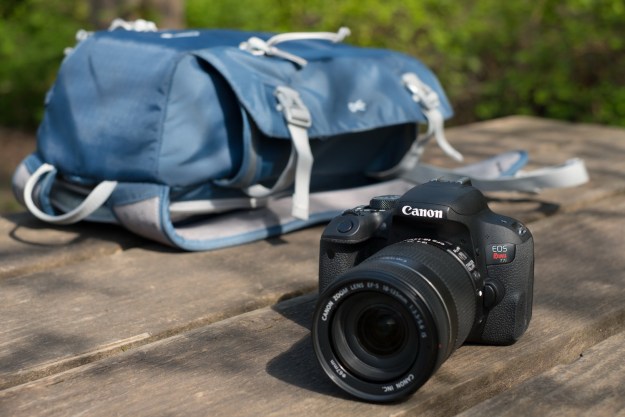If you happened to be outside the eclipse’s path of totality, or if you simply want to relive the first solar eclipse to sweep across the U.S. in almost 100 years, then Google’s Megamovie should be worth a watch.
The Megamovie is a project launched by Google and UC Berkeley to create a film of the solar event using crowdsourced photos snapped by volunteers along the path of totality, which stretched from Oregon in the west to South Carolina in the east.
The images will also become part of a scientific database to give researchers the chance to learn more about that large ball of fire 93 million miles away, which, handily enough, sustains life on our planet. They’re particularly interested in learning more about “the motions in the sun’s corona (the outermost atmosphere of the sun) and cyclical changes in the sun’s temperature.”
Google started asking citizen scientists to sign up for the Megamovie project a couple of months back, gradually building up a team of volunteers who they knew would be stationed along the path of the total eclipse. The plan is to gather lots of images from the peak of the eclipse, the moment when the moon passed right in front of the sun. A smartphone app helped to smooth out the photography process and offered tips on how to get the best photo, though DSLR users are also invited to submit their photos (yes, you still can).
On Tuesday Google posted the first version of its Megamovie, which, let’s be honest, will require several updates before it becomes truly mega.
“Our algorithms have created the continuous view of the eclipse as it crossed the U.S.” the web giant wrote in a message accompanying the video.
Promising the movie will only get better — which is definitely a good thing — Google said it will be putting out “new, improved versions of the video as more of our volunteers upload their photos.”
You can see the second version of the Megamovie above, but hit this link to watch the most recent one, which should be a lot more impressive if you’re reading this a few weeks down the line.
Editors' Recommendations
- Google’s latest anti-spam change helps clean up your calendar
- Google Wear update picks up remote app installation and a redesigned Play Store
- Google’s new wallpaper-friendly satellite images are simply stunning
- Google Pixel and Pixel XL owners may receive up to $500 over faulty phones


